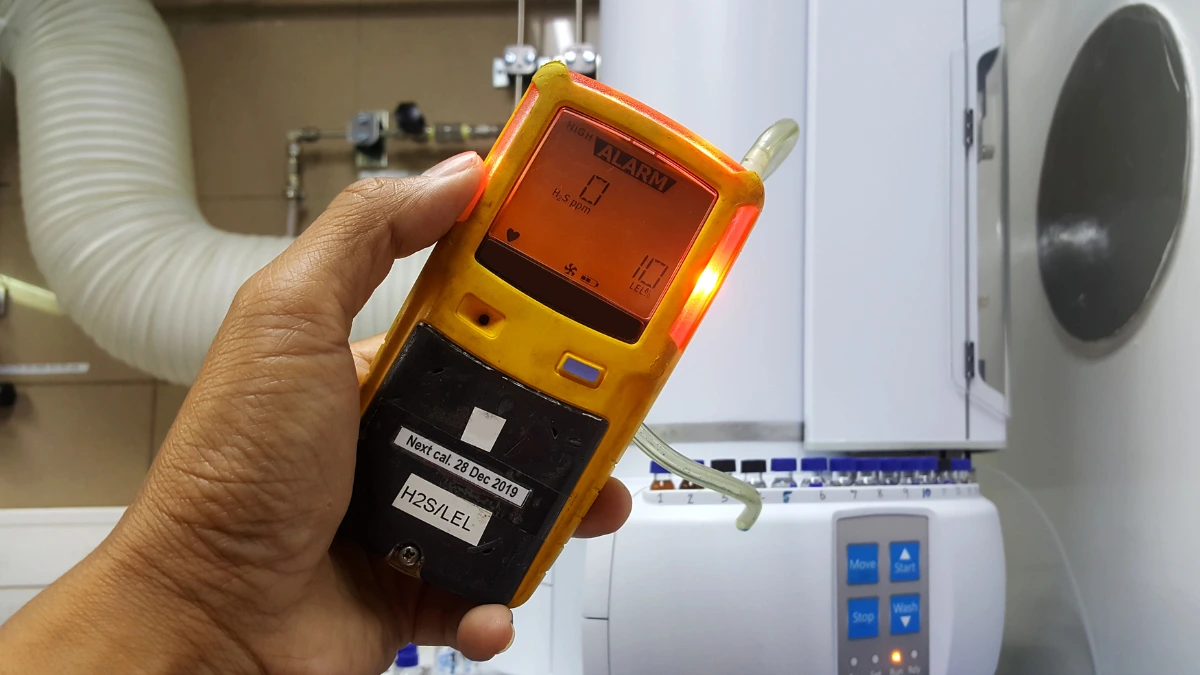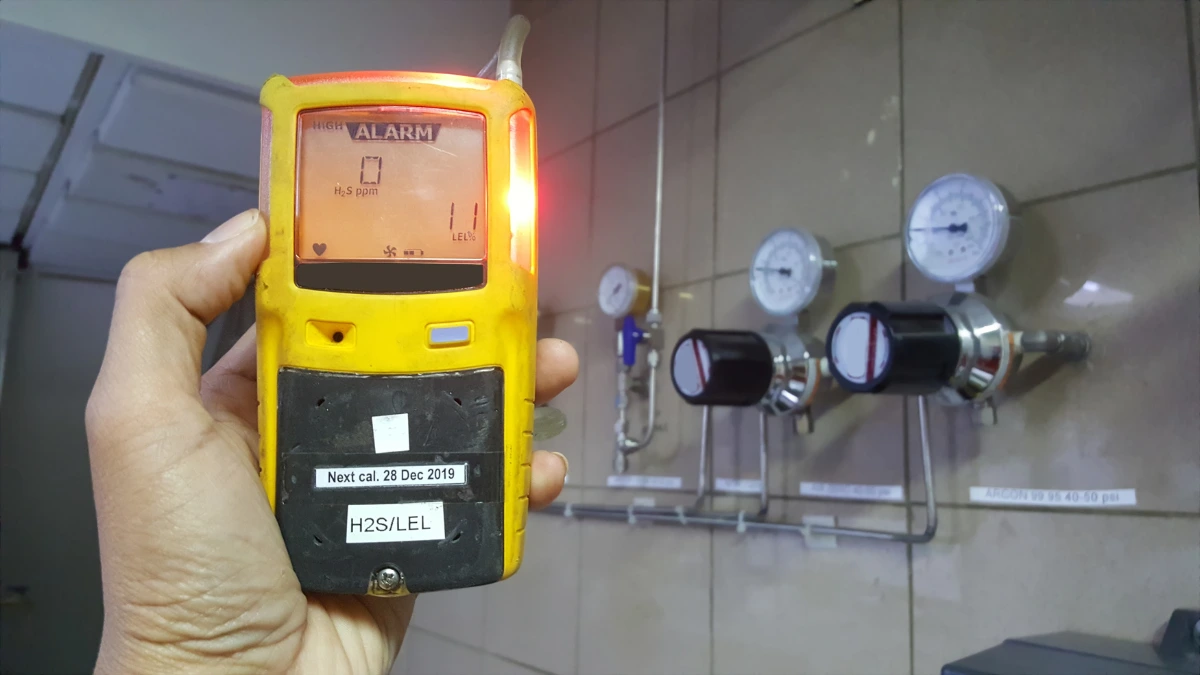An infrared gas detector is a type of gas detection device based on sensor technology that can detect the presence of hazardous gases that could potentially pose a risk to the environment due to leaks.
The advantages of an infrared gas detector include being able to detect various gases, high reliability, and not requiring frequent calibration. However, the disadvantages include potential for incorrect readings, higher cost, and interference from other gases.
This article will give you information about an infrared gas detector, including how it works, its advantages, disadvantages, and an example of application.
What is an Infrared Gas Detector?

Infrared (IR) gas detectors are suitable for detecting volatile gases such as carbon dioxide (CO₂) or methane (CH₄). To measure how much gas absorbs light, this detector uses infrared light.
The advantages of IR sensors are their high stability, durability, and ability to function in environments with low oxygen levels.
How Does an Infrared Gas Detector Work?

Infrared gas detectors work by measuring infrared light emitted by certain gases. Here are the details of how they work:
- Infrared emission: The detector's internal light source emits infrared rays.
- Gas absorption: Some of the infrared rays are absorbed by the target gas.
- Change detection: The rays that are not absorbed by the gas will reach the detector and measure changes in light intensity.
- Analysis and identification: Analysis and identification of the type of gas and its concentration are influenced by changes in light intensity.
- Warning alarm: The alarm will activate when the gas concentration exceeds the specified threshold.
The Advantages of an Infrared Gas Detector
The infrared gas detector has several advantages, including being able to detect various gases, high reliability, and not requiring frequent calibration. Here are some of its main advantages in detail:
1. Able to detect various gases One of the advantages of infrared gas detectors is their ability to detect various types of gases. This device is capable of detecting various gases, from flammable and toxic gases to those in various concentration ranges.
2. High reliability
 High reliability is another advantage of this gas detector. Its ability to withstand contaminants, toxins, and oxygen-free conditions, even when operated continuously, demonstrates the reliability of this device, which also has a relatively long service life.
High reliability is another advantage of this gas detector. Its ability to withstand contaminants, toxins, and oxygen-free conditions, even when operated continuously, demonstrates the reliability of this device, which also has a relatively long service life.
3. Does not require frequent calibration Another advantage of infrared gas detectors is that they do not require frequent calibration. Their high reliability means that these gas detectors do not need to be calibrated as often as detectors with catalytic sensors.
The Disadvantages of an Infrared Gas Detector
The infrared gas detector has several disadvantages, including the potential for incorrect readings, higher cost, and interference from other gases. Here are some of its main advantages in detail:
1. Potential for incorrect readings One of the drawbacks of this gas detector is the potential for incorrect readings. The sensor readings of this device are affected by several conditions, such as high humidity, fog, or surrounding infrared radiation.
2. Higher cost
 Another drawback of infrared gas detectors is their higher cost. Compared to other types of detectors, their durability makes them more expensive.
Another drawback of infrared gas detectors is their higher cost. Compared to other types of detectors, their durability makes them more expensive.
3. Interference from other gases Another drawback of this gas detector is interference from other gases. The device's measurement results may be inaccurate due to other gases with similar IR absorption characteristics.
The Application of an Infrared Gas Detector
With so many infrared gas detectors available, each with its specific use, here is an example application:
- Oil and gas industry
- Water treatment
- Chemical industry
- Manufacturing
- Waste treatment
- Power generation
- Enclosed environments
Conclusion
Those are the definitions, how it works, advantages, disadvantages, and the example application of an infrared gas detector that you need to know.
This detector has some advantages, including being able to detect various gases, high reliability, and not requiring frequent calibration.
The things that become a consideration are that gas detection has some disadvantages, including potential for incorrect readings, higher cost, and interference from other gases.
Essentially, this type of gas detector is highly reliable with potential for incorrect readings.